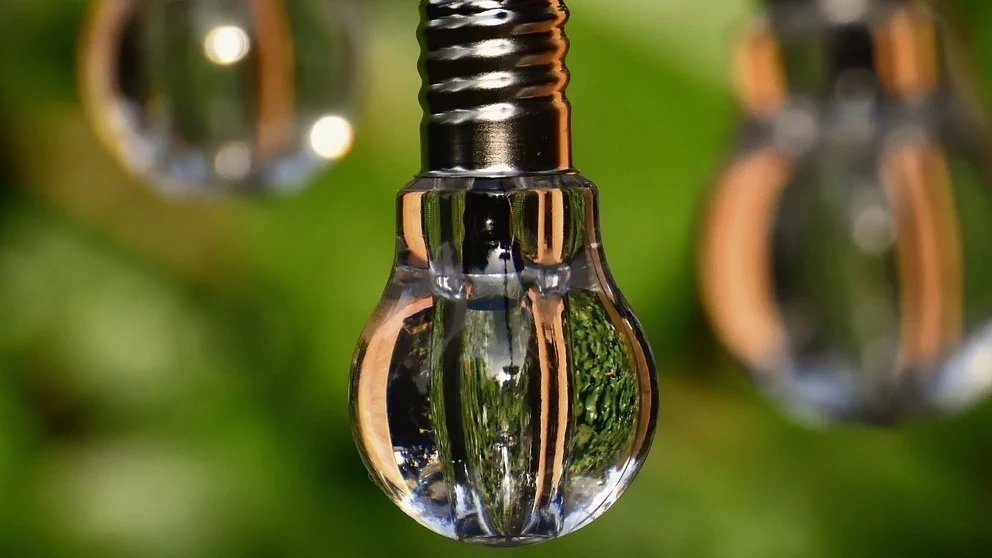What values is modern procurement culture based on?
21.4.2022

We are surrounded by an astonishing amount of movable property. Look around you and try to count all the items you see.I dare say that most of the objects you see ended up in your shopping cart following a quite limited period of consideration. However, in the current climate crisis, we should pay more attention to the things we buy and whether they are absolutely necessary.
In this blog post, we will expand upon a couple of key values that guide towards a modern procurement of movable property.
Download the white paper: Responsible equipment management guide
Challenges are environmental impact and supply chain uncertainty
Environmental impact has pleasingly emerged as a key element of the assessment of activities by businesses. Regardless of sector, pioneering companies aim to minimize their negative environmental impact and compensate for the remaining part.
Minimisation of environmental impact must start with the direct impact of activities. In particular, attention should be paid to energy efficiency and the emissions caused by the equipment in equipment procurement as well.
At the moment, however, we are afflicted by global component shortage and supply chain issues. Delivery times have been prolonged to an unprecedented extent and the supply of many articles, such as cars, has been severely disrupted.
Nevertheless, the minimisation of environmental impact and the challenges concerning the availability of equipment creates an opportunity to revamp outdated practices in the procurement of movable property.
Utilise the existing equipment to the fullest
Movable property conceals an under-utilized opportunity to address the sustainability objectives of your company.
Thus, the first value guiding your procurement of movable property should be: Utilize your existing equipment to its fullest. It is time to take a look at the equipment we have and utilize its full potential.

This may seem obvious. But are you fully aware of all the equipment your company owns? In order to fully utilize your existing equipment, you must be able to easily access up-to-date information about the equipment. For this, you will need an easy-to-use equipment management system that allows you to maintain and share the information.
When equipment-related information can be accessed, you can also begin to focus on maximizing the life cycle of the equipment.
Maximising the equipment life cycle
This brings us to value number 2: Maximize the life cycle of your equipment.
By focusing on the life cycle of your equipment and extending it, you can find new ways to achieve the sustainability objectives of your company. When the direct environmental impact of activities has been minimized, you can achieve further significant resource savings by addressing the indirect impact.
Savings achieved by extending equipment life cycle:
Let’s look at an example. Office Furniture Ltd invests in one thousand desks. The carbon footprint of manufacturing a single desk is 76.3 kg CO2e.
The management of the company assumes that the life cycle of a desk is five years. Digital equipment management allows the company to discover that the actual life cycle of a desk is seven years. This means that over a period of ten years, the procurement carbon footprint is reduced by 43 600 kg CO2e (29%) due to decreased investment need.
Naturally, extending the life cycle of equipment also means that procurement is required less often. This means that the company is also less vulnerable to issues caused by chip shortage or supply chain disruptions.
What does equipment life cycle management mean?
The life cycle of equipment is obviously not going to extend by itself. It requires effort and, most importantly, reliable data regarding the equipment.
Extending the life cycle of movable property is based on four principles:
Up-to-date information regarding the equipment owned
Recycling of equipment within the company instead of procuring new equipment
Procurement of better-quality equipment that offers a longer life cycle to start with and enables repairs and maintenance

Up-to-date information and understanding of the equipment owned by the company can create the foundation for a sustainable procurement culture. When information regarding the owned equipment can be accessed easily, unnecessary procurement can be avoided and under-utilized equipment recycled within the company, for example.
The good news is that the extension of the life cycle of equipment does not mean increased costs. Quite the opposite, as an extended life cycle allows for reduced costs.
Cost savings are provided, for example, by reduction of unnecessary procurement and a decreased workload. Even though life cycle management requires effort, the right tools can be used to significantly reduce the amount of working time spent on searching for equipment-related information and maintenance management.
Summary
Sustainability objectives and the minimization of environmental impact guide the activities of companies toward a more sustainable direction. When the direct environmental impact of your activities has been identified and minimized, it is time to turn your attention to the indirect impact.
Procurement of movable property and equipment life cycle management offers an under-utilized opportunity to reduce the environmental impact of your company. Thus, the procurement of movable property should be guided by two key values of sustainable procurement:
Utilizing the existing equipment to its fullest
Maximizing the life cycle of your equipment
When you have access to up-to-date information on the equipment owned by the company, you can avoid unnecessary purchases and recycle existing equipment within the company. At the same time, this also allows you to extend the life cycle of the equipment.
The key to maintaining up-to-date equipment information and extending the equipment life cycle can be found in well-functioning systems. We advise you to take a closer look at digital equipment management.
Download the white paper: Responsible equipment management guide